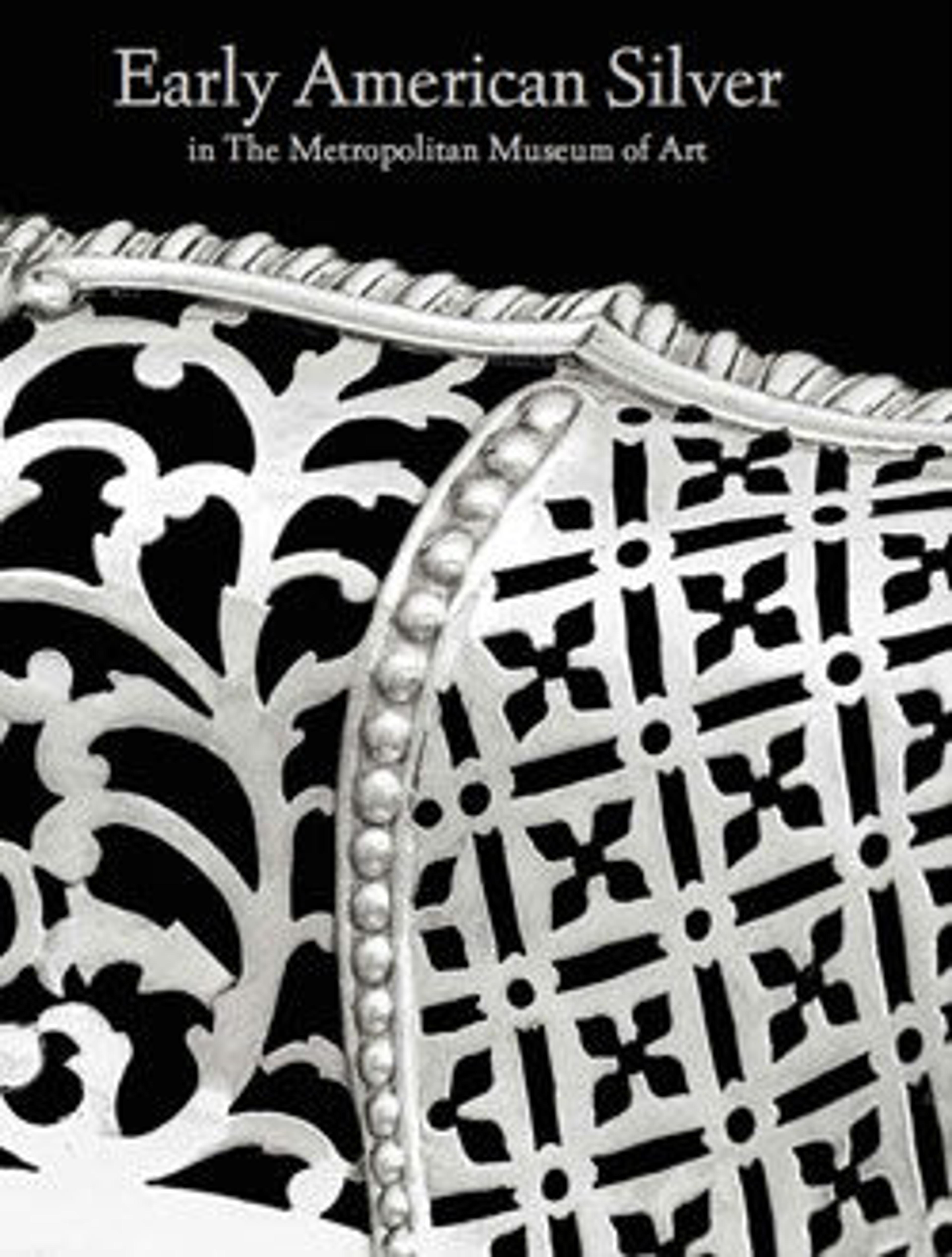Rattle, Whistle, and Bells
Refined silver and gold luxury goods were not the exclusive purview of adults in colonial America. This elegant gold and coral whistle and bells is at once a toy, teething device, and talisman to ward off illness. It would have hung by the loop on the whistle from a ribbon or chain around the neck or waist of a privileged child. Rattles of this type featuerd prominently in portraits of European and colonial American children not only as emblems of prosperity and social standing but also, and perhaps more imporant, because they serve the serious purpose of safeguarding the child. Since ancient times coral has been considered a potent amulet against disease and evil. Pliny is known to have touted the medicinal virtues of coral, and throughout history coral was thought to safeguard against dangers ranging from witchcraft to epilepsy. When used for teething, it also was believed to strengthen teeth. Far more than a frivolous toy to be shaken, blown, and chewed, the rattle was endowed with the power to protect the health and welfare of the child who used it.
Artwork Details
- Title: Rattle, Whistle, and Bells
- Maker: Nicholas Roosevelt (1715–1769)
- Date: 1755–68
- Geography: Made in New York, New York, United States
- Culture: American
- Medium: Gold, coral
- Dimensions: L. 6 1/8 in. (15.6 cm); 2 oz. 13 dwt. (82.3 g)
- Credit Line: Rogers Fund, 1947
- Object Number: 47.70
- Curatorial Department: The American Wing
More Artwork
Research Resources
The Met provides unparalleled resources for research and welcomes an international community of students and scholars. The Met's Open Access API is where creators and researchers can connect to the The Met collection. Open Access data and public domain images are available for unrestricted commercial and noncommercial use without permission or fee.
To request images under copyright and other restrictions, please use this Image Request form.
Feedback
We continue to research and examine historical and cultural context for objects in The Met collection. If you have comments or questions about this object record, please complete and submit this form. The Museum looks forward to receiving your comments.
